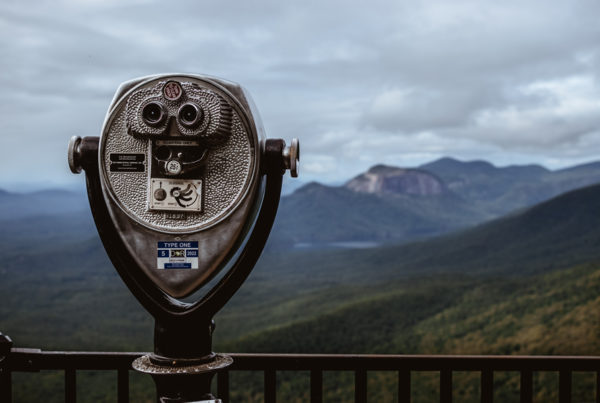
Climbing a wall of worry is a common phrase in the investment world. The implication is that the market will move higher as it overcomes uncertainty. In 2018, the U.S. stock market had its worst December since 1931. It followed with the best returns since 2013. The American consumer kept things going in the economy at just above 2 percent while interest rate cuts and asset purchases by the Federal Reserve made all the difference for the markets.
Don’t Fight The Fed
In 2018, the Federal Reserve (Fed) was on auto-pilot: raising interest rates unless something went wrong. By December 2018, the Fed’s actions spooked investors.
By July 2019, the 2-year government bond paid a higher interest rate than the 10-year. That is what we call an inverted yield curve. The short-term rates are somewhat controlled by the Fed. The long-term rates are more driven by investors. So, the inverted curve is the result of investors believing that the Federal Reserve is making a mistake by keeping short-term rates too high. Over the last 50 years, the Fed has never been so quick to react as it was in 2019. This very well could have helped us avoid a recession in 2019-2020.
The Fed seems willing to do whatever it takes to keep this steady economy going, but the Fed is also going to try to stay out of the way in an election year. I expect it will take a large change in the economy to entice the Fed to make any changes to interest rates.
After three interest rate cuts last year, the Fed really may not have to engage in more stimulus in 2020. The impact of those cuts is likely to trickle down into the U.S. economy this year.
More Slow Growth: No Recession
The U.S. economy has averaged 2-3% economic growth for the last 10 years. This trend is likely to continue. Corporate earnings in the United States ended 2019 near zero. Expect a bounce. However, uncertainty over global demand, trade, and politics will probably continue. Once again, economic growth will rely heavily on American consumers.
Coronavirus: Watch For a Peak
Coronavirus has spread incredibly quickly through China, and around 2.3 percent of those who become infected, die of the disease. The World Health Organization (WHO) declared it a global health emergency on January 30, 2020.
Of recent outbreaks (Ebola, Zika, & SARS), SARS seems the best comparison. SARS spread more slowly. The World Health Organization did not declare it a global crisis until the number of people infected peaked (March 12, 2003).
In 2020, the Chinese government and the WHO have acted more quickly to contain Coronavirus. If successful, infections should peak in February. If efforts fail immediately, it seems likely that, just as with SARS, Coronavirus will be on the decline by March.
*Research by SFS. Investing involves risk, including the potential loss of principal. Dow and S&P 500 indexes are widely considered to represent the overall stock market. One cannot invest directly in an index. Diversification does not guarantee positive results. Past performance does not guarantee future results. The opinions and forecasts expressed are those of the author and may not actually come to pass. This information is subject to change at any time, based upon changing conditions. This is not a recommendation to purchase any type of investment.


